Project Themes and Imaging Modalities
We currently use many neuroimaging modalities to investigate brain neuroplasticity and are always adding more. While our focus is mainly on Magnetic Resonance Imaging (MRI), we also are interested in functional near infrared spectroscopy (fNIRS), electro-encephalography (EEG), Transcranial Magnetic Stimulation (TMS) motor mapping and other forms of non-invasive brain stimulation interventions [TMS and transcranial Direct Current Stimulation (tDCS)]. Within these overarching themes, we have many smaller projects and manuscripts under development.

MRI Scanner
We are very fortunate to have a child-friendly, research-dedicated 3 Tesla General Electric scanner at the Alberta Children’s Hospital that is operated by the Child and Adolescent Imaging Research (CAIR) Group. We also have a mock scanner that allows us to prepare children for their MRI scan. Before their scan, children can hear sample MRI sounds, put their stuffed animals into the mock scanner (complete with a simulated head coil), and go in the scanner themselves to practice staying very still and to reduce anxiety.

FIDELITI Dashboard - Individualized neuroimaging
Imagine being able to individually characterize the brains of children using powerful technologies such as MRI. For years we have used growth charts for plotting height and weight to make sure children are following the typical developmental trajectory as they grow. Recent advances in large open-source databases of imaging may make it possible for us to track individualized MRI brain fingerprints in a similar way. We are currently developing the FIDELITI Dashboard that will allow us to Fingerprint Individual Differences in Lesion Impact Through Imaging (FIDELITI). For more information, please click here.

Anatomy
High-resolution anatomical imaging tells us quite a bit about the size and location of lesions after stroke but it also gives much richer information. We can use anatomical scans to measure cortical volumes, thickness of grey matter as well as volumes of subcortical structures such as the thalamus and basal ganglia. Volumes of these structures are highly related to motor function which gives us imaging biomarkers that can subsequently be used for individualized rehabilitation planning.
Often, areas spatially remote from the primary stroke lesion are affected by degeneration via their anatomical connections (diaschisis), a phenomenon that we have measured in the thalamus, cerebellum, corpus callosum and other subcortical areas. We can also combine different types of anatomical images to map the degree of myelination (or lack thereof) across the brain.
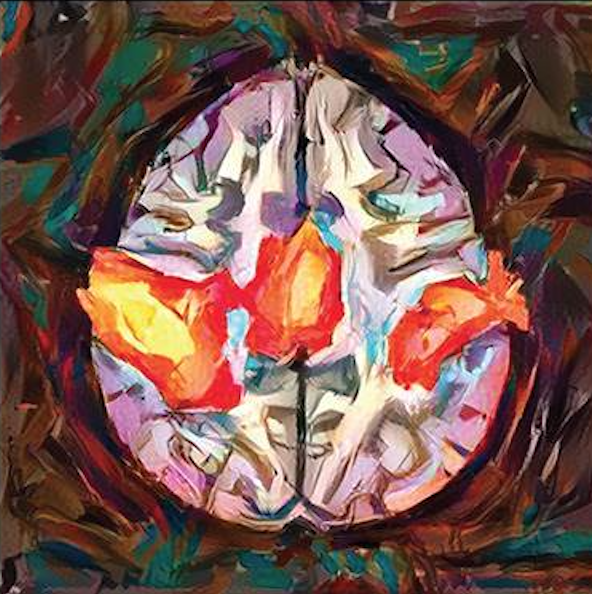
Localizing function
Functional MRI affords us a unique opportunity to map out areas of the brain responsible for various tasks. We ask our participants to perform easy tasks in the scanner (such as hand squeezing or finger tapping) and we can measure small changes in the MR signal as a result of changing blood flow patterns during task performance. This has been particularly successful in localizing primary motor cortex after stroke. Since there is a fair amount of re-organization that goes on after an injury at birth, task fMRI has been particularly useful in this localizing process for subsequent treatment interventions.
We have also been successful in localizing areas mediating language production (inferior frontal gyrus, Broca’s area), lexical retrieval during picture naming (parietal/temporal junction, Wernicke’s area), cognitive interference (dorsolateral prefrontal cortex) and the pain neuromatrix (insula, anterior cingulate).
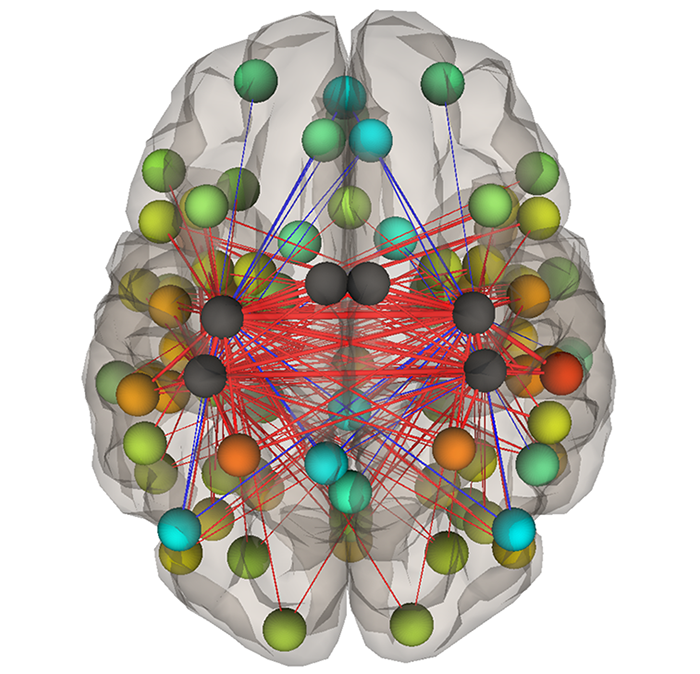
Functional connectivity
One of the main challenges in performing MRIs on children is that they squirm around quite a bit in the scanner (and don’t seem to realize that they are moving). This is also a challenge during task fMRI particularly if the task is a motor task (like squeezing hands or tapping fingers) in a child with hemiparetic cerebral palsy. Task-free resting state fMRI measures changes in blood flow when the children are at rest and allows us to measure how much different areas of the brain “talk” to each other (a measure of functional connectivity) via seeding areas of interest. Using a related technique, we can also investigate how the entire brain communicates as a large neural network (functional connectome).
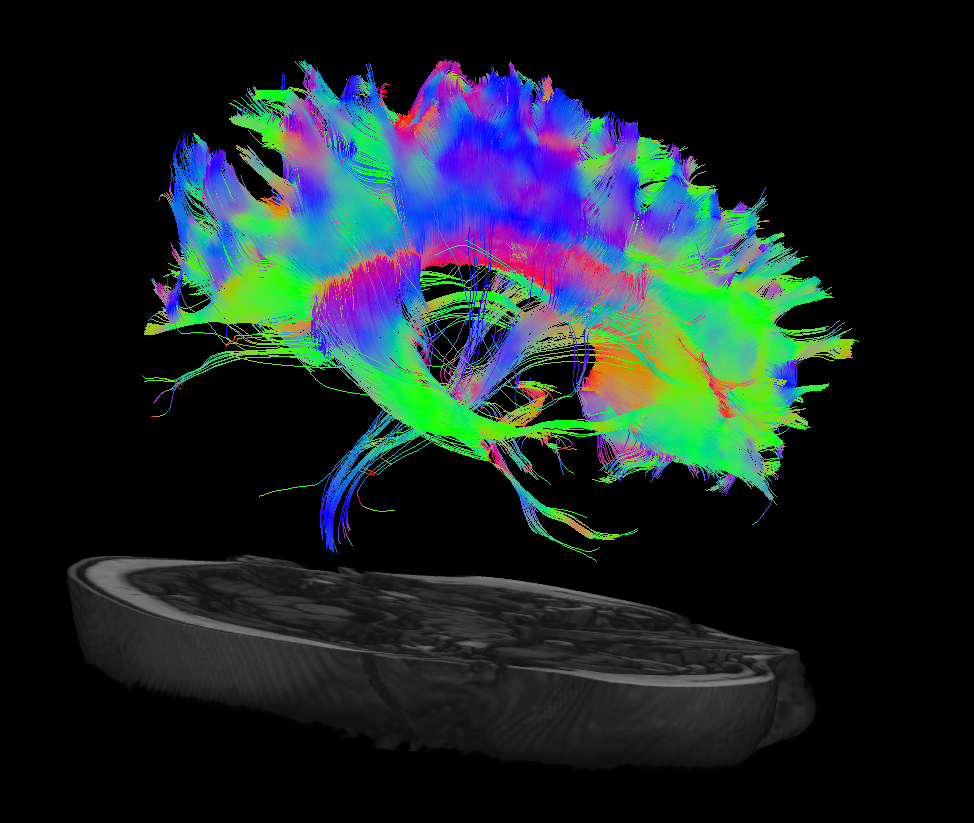
Structural connectivity
White-matter is typically associated with the structural connectivity within the brain. One of the best ways to understand white-matter in the brain is through using diffusion-weighted MRI by tracking the diffusion of water within the brain across time. The diffusion of water present in the brain tends to be restricted by larger macromolecules such as myelin, axon bundles, microtubules, etc., which we can use to identify structural connections. We can then model this restriction to recreate specific tracts (i.e. tractography), such as the corticospinal tract (motor) or dorsal column medial lemniscal (sensory) tract.
Our research focuses on how structural connectivity changes following a perinatal stroke. Since the main disability in perinatal stroke is a lifelong motor disability, we are interested in how the motor system connectivity develops following such strokes. We can isolate certain tracts that we know are involved in motor outcomes (corticospinal tracts, cerebellar tracts, etc.) and assess potential relationships of such tracts with their motor function. Our primary goal is to develop potential biomarkers of clinical outcomes using this modality of imaging.
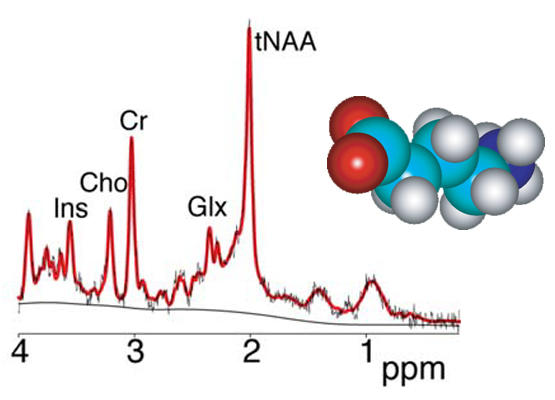
Neurometabolics
Using MR spectroscopy we are able to investigate the chemistry of brain regions of interest (e.g., primary motor cortex, thalamus). Because different chemicals resonate at different frequencies in an MRI scanner, we can quantify concentrations of each one individually. Neurometabolite concentrations tell us about neuronal health [n-acetyl aspartate (NAA)], energy transfer (creatine), cell membrane turnover (choline) and the secondary messenger system (myo-inositol). We can also measure excitatory (glutamate & glutamine) and inhibitory (GABA) neurotransmitters. The concentrations of many of these neurometabolites are quite highly related to function thus giving us another biomarker for rehabilitation planning. They also change reliably over time informing us about effects of rehabilitation and non-invasive brain stimulation.
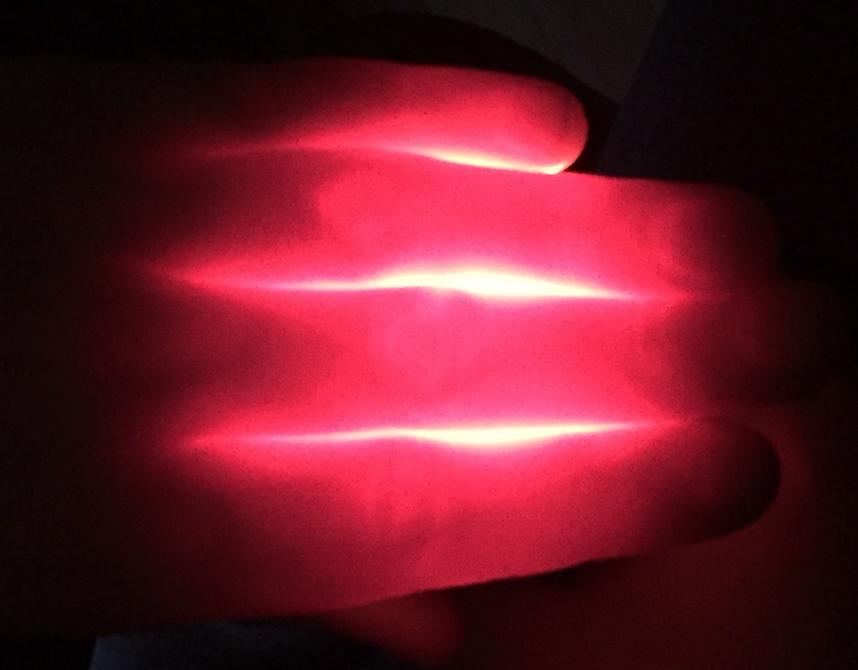
Functional Near Infrared Spectroscopy (fNIRS)
There is a substantial group of children we study who are unable to have an MRI scan for various reasons (too young, metal braces or other implants, significant anxiety, claustrophobia). Functional near infrared spectroscopy (fNIRS) gives us the ability to measure blood flow changes in the brain using light shining through the skull (without an MRI scanner). Think of this like a flashlight shining through your hand. Some of the light is absorbed by your hand tissues and some is able to shine through creating a red glow. We use this idea to measure differences between oxygenated and deoxygenated hemoglobin in the blood through the skull.
A collection of optodes (emitting near infrared light) and sensors (detecting the light) are placed on the head using a swim cap-like setup. We can use easy motor tasks (hand squeezing, finger tapping) to localize primary motor cortices as well as using fNIRS at rest to measure more global network-based communication between cortical areas. We hope that this technology will allow us to explore the motor systems of very small children and toddlers (who cannot be scanned using MRI) and allow the measurement of functional changes after very early treatment interventions.
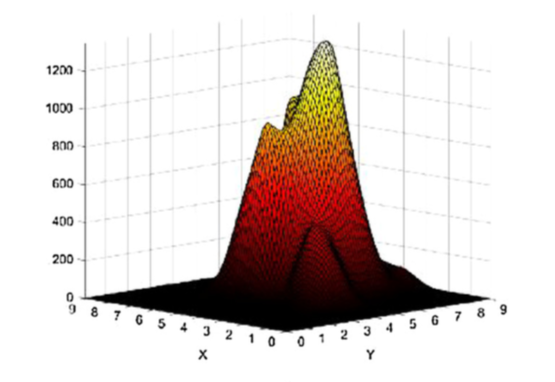
Motor mapping
The Calgary Pediatric Stroke Program has extensive experience using non-invasive brain stimulation techniques such as transcranial magnetic stimulation (TMS) to map out motor circuits in the brain. TMS uses an electro-magnetic coil placed over a participant’s scalp to generate a weak electric current in the underlying motor cortex measurable as a twitch (i.e., motor evoked potential) in the hand. Using TMS, excitability of areas within motor cortex can be mapped and locations of motor “hotspots” can be explored.
This is particularly interesting in hemiparetic children with perinatal stroke who often show substantial remapping of the motor system within both hemispheres. However, to compare between individuals or even within a single individual over time, direct mapping to a person’s brain anatomy must be established. The MOSAICS toolbox (Mapping Of Sensorimotor Activations durIng Cortical Stimulation) provides such functionality as well as facilitates transformation into standard imaging space allowing for group comparisons.
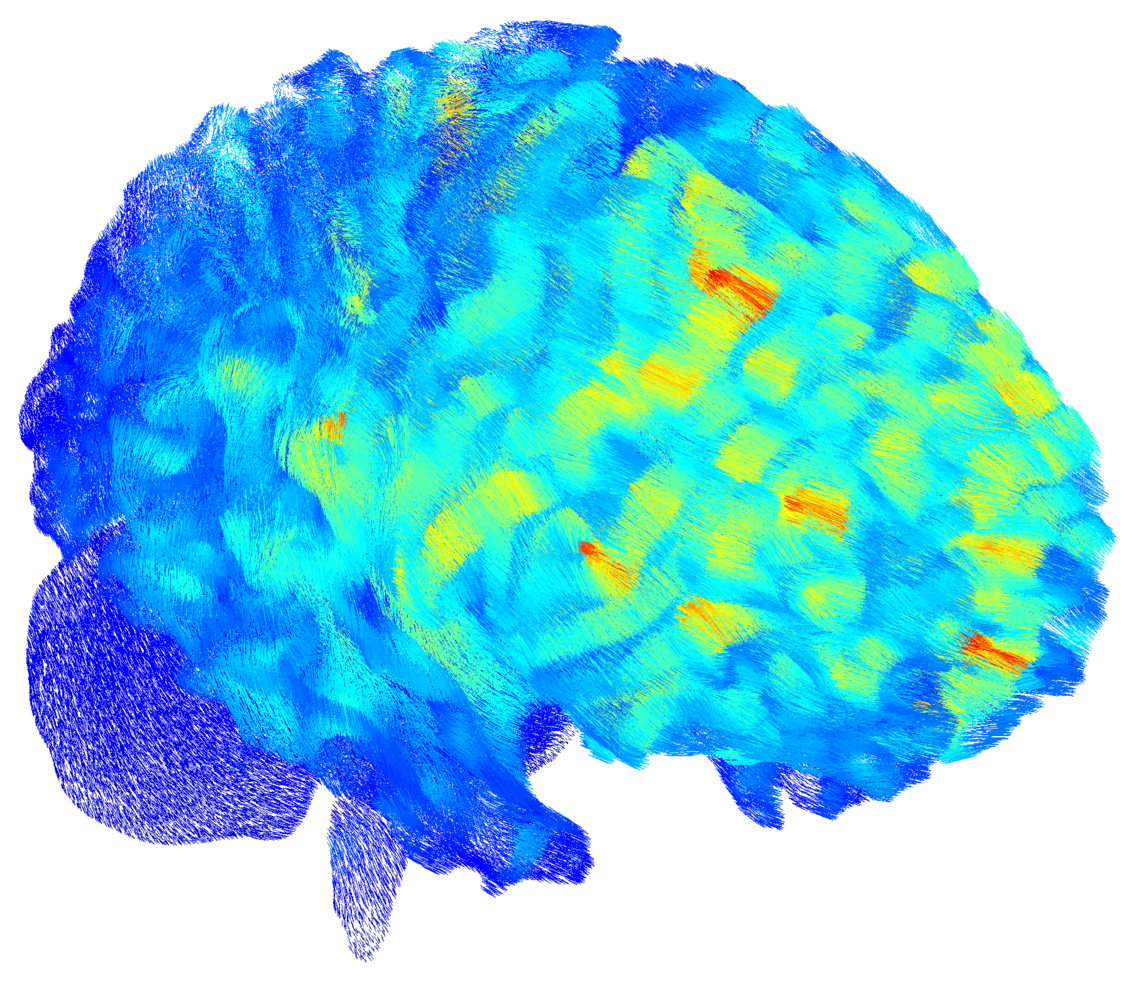
Electric field modeling
Another non-invasive brain stimulation technique used to modulate cortical excitability is transcranial direct current stimulation (tDCS). When paired with intensive motor rehabilitation, tDCS has been shown to be effective in enhancing treatment effects. However, individual differences in brain anatomy, especially after stroke, change the strength and distribution of electric fields in each brain making it imperative that we model in each individual where these fields are extending as well as where the peak electric field strength is located. We use tDCS current modeling techniques to do this and have previously shown that children experience higher electric field strength and wider distribution of current compared to adults. We have also shown that children with perinatal stroke have very different peak electric field locations due to perturbations in anatomy after stroke (e.g., larger areas of very conductive cerebral spinal fluid in lesioned areas).
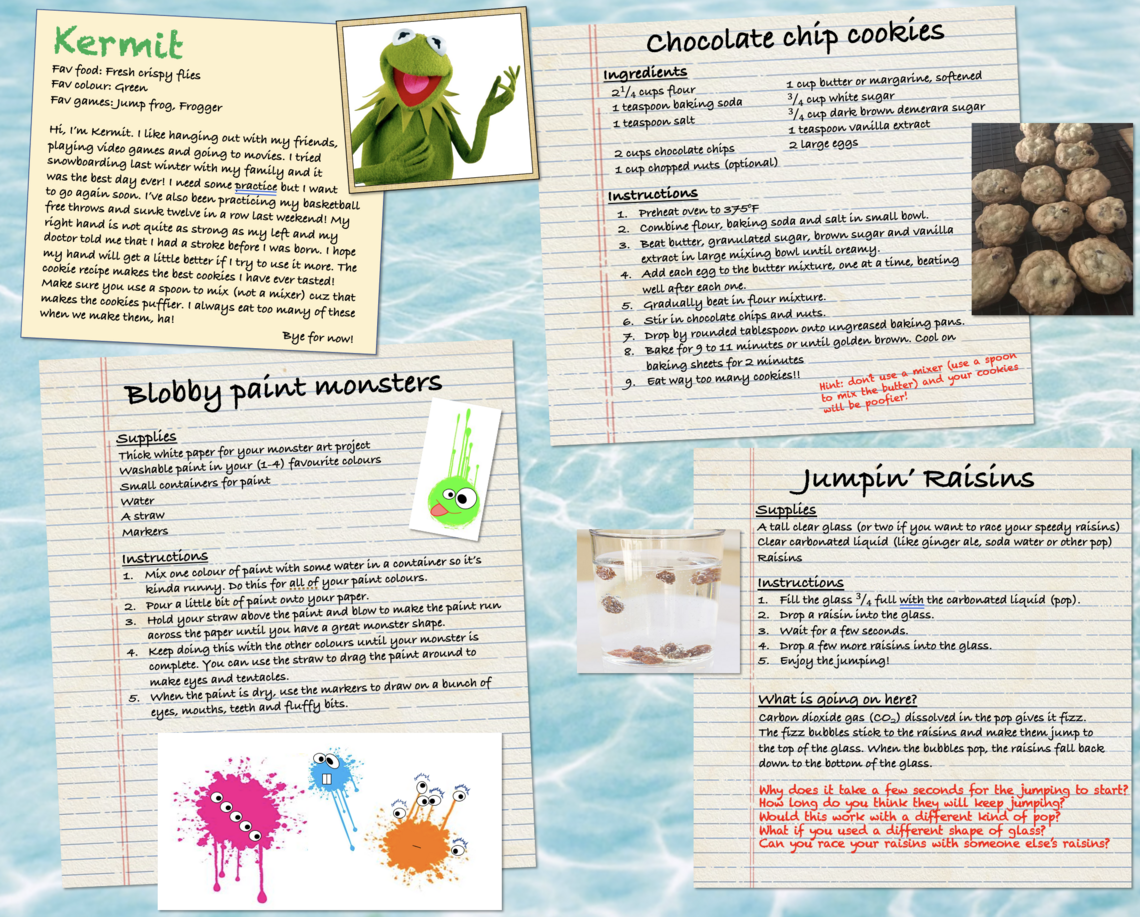
Adventure Awaits Activity Book
Are you looking for something to do with your children that is fun (and quite possibly delicious)? The Adventure Awaits Activity Book is an adapted activity book for children with disabilities. Children with cerebral palsy that took part in our intensive rehabilitation summer camp at the Alberta Children’s Hospital (SPORT) were asked to submit their favourite craft, recipe, scientific experiment, and sporty activity. We gathered them all up and added some more favourite activities from the camp and have created the Adventure Awaits Activity Book. Click here to download your copy.

